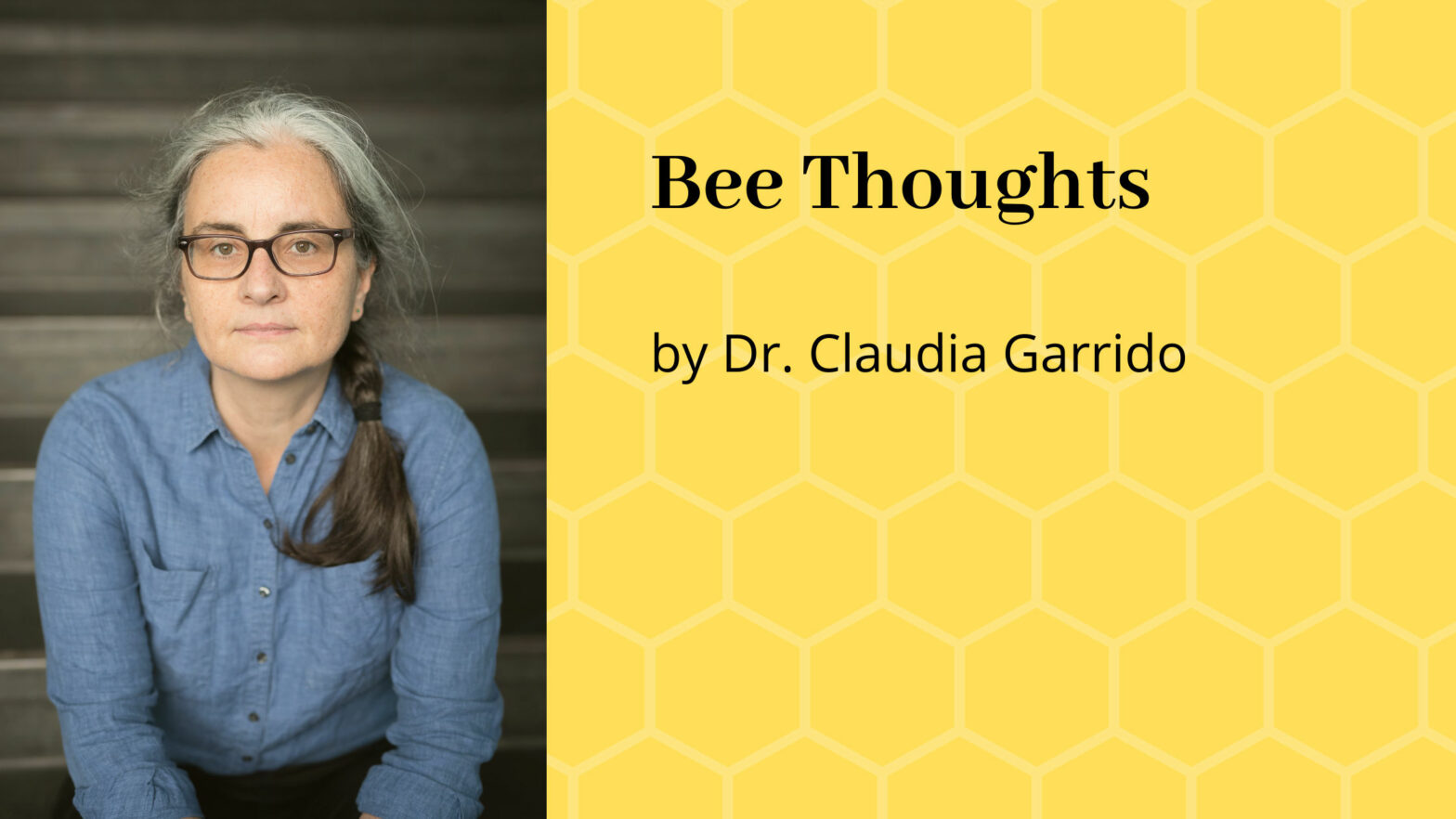I often get the question “what do you do with the bees in winter?”. People assume that I have a half-year vacation every year – you don’t see bees when it’s cold, right? But actually, winter is a crucial phase of the bee year. Honey bees aren’t as inactive as it may seem from the…

The bee season is coming to an end. It was a busy one for me, especially at the end. I’m still engaged in a study, but the winter months will be not that full of work. At least not in the field. Talking to a colleague, I noticed that I rarely talk about my work…

In the past years, I’ve often thought that many problems would at least be smaller if people had more knowledge, more education. I don’t mean years at school. It’s more the capacity of critical thinking, of common sense that I miss. Or recognizing that things are a little bit more complex than the black or…

When it comes to varroa treatments, there’s apparently a gap between theory and practice. A sentence I often hear: “When will scientists finally find something against varroa mites?”. It seems that the available products aren’t seen as “something against the mite”. I always thought that this was because of the belief that there should be…

Sometimes you have to think big. A recent paper by Parreño and co-authors discusses the links between biodiversity and bee nutrition and health. Having enough and good quality food is obviously important not only for humans, but also for bees. I’ve already talked about this from the perspective of managed honey bees. This paper though,…

When it comes to treat bee diseases there’s a huge gap. There are – good and efficient – varroa treatments. But other than that? Not much. Here we rely on good practices. There are also other bee health issues than varroa, obviously. The list of pathogens and parasites is quite long, though not each one…

2